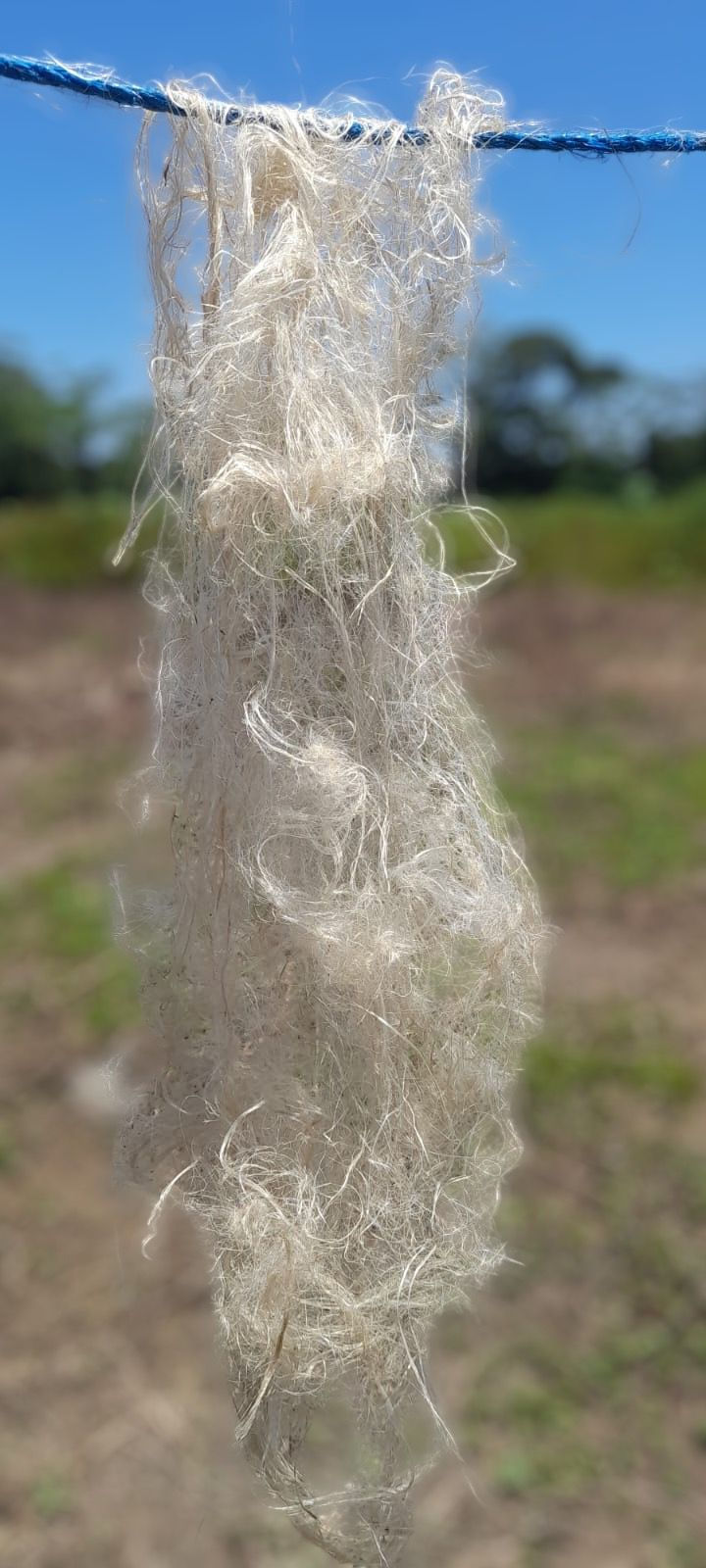Carbon Sequestration + Storage: Industrial Bio-Based Materials have been scientifically proven to absorb more CO2
- Samuel Montoya Bailarin
- Sep 29, 2024
- 3 min read
Updated: Nov 4, 2024
All Industrial Bio-Based material has been scientifically proven to absorb more CO2 per hectare than any forest or commercial crop and is therefore the ideal carbon sink. In addition, the CO2 is permanently bonded within the fiber that is used for anything from textiles, to paper as a building material and composites.
It is therefore additional to what would otherwise be grown or sourced from oil. It can be constantly replanted and as such meets permanence criteria as defined by the Kyoto Protocol.
One hectare of industrial Bio-Based Plants or material can absorb 22 tonnes of CO2 per hectare. It is possible to grow to 2 crops per year so absorption is doubled. Bio-Based plants rapid growth (grows to 4 meters in 100 days) makes it one of the fastest CO2-to-biomass conversion tools available, more efficient than agro-forestry.

Biomass is produced by the photosynthetic conversion of atmospheric carbon. The carbon uptake of Bio-Based materials can be accurately validated annually by calculations derived from dry weight yield. This yield is checked at the weigh bridge for commercial reasons prior to processing. Highly accurate figures for total biomass yield and carbon uptake can then be made, giving a level of certainty not available through any other natural carbon absorption process.


The following carbon uptake estimates are calculated by the examiningthe carbon content of the molecules that make up the fibres of the plants stem. Industrial plant stems consists primarily of Cellulose,Hemicellulose and Lignin, whose chemical structure, carbon content,(and therefore absorbed CO2).
Cellulose is 70% of stem dry weight. Cellulose is a homogeneous
linear polymer constructed of repeating glucose units. The carboncontent of cellulose accounts for 45% of its molecular mass.
Hemicellulose is 22% of stem dry weight. Hemicellulose provides a
linkage between cellulose & lignin. It has a branched structure consisting of variouspentose sugars.
Lignin is 6% of stem dry weight. Lignin is a strengthening material
usually located between the cellulose microfibrils. The ligninmolecule has a complex structure that is probably always isvariable.
To summarise the above, one tonne of harvested stem contains:
0.7 tonnes of cellulose (45% Carbon)
0.22 tonnes of hemicellulose (48% Carbon
0.06 tonnes of lignin (40% Carbon)
It follows that every tonne of industrial plant stems contains 0.445 tonnesCarbon absorbed from the atmosphere (44.46% of stem dry weight).
Converting Carbon to CO2 (12T of C equals 44T of CO2(IPCC)), thatrepresents 1.63 tonnes of CO2 absorption per tonne of the plant stem harvested. On a land use basis, using Hemcore's yield averages (5.5 to8 T/ha), this represents 8.9 to 13.4 tonnes of CO2 absorption per hectare of the plants Cultivation.
For the purposes estimation, we use an average figure of 10T/ha of CO2absorption, a figure we hold to be a reasonably conservative estimate.This is used to predict carbon yields, but CO2 offsets will be based on dry weight yields as measured at the weighbridge.
The roots and leaf mulch (not including the hard to measure fibrous root material) left in site represented approximately 20% of the mass of the harvested material in HGS' initial field trials. The resulting Carbon content absorbed but remaining in the soil, will therefore ben approximately 0.084 tonnes per tonne of harvested material. (42% w/w)(5).
Yield estimates are (5.5 - 8 T/ha) this represents 0.46 to 0.67 tonnes ofCarbon per hectare absorbed but left in site after cultivation.
That represents 1.67 to 2.46 T/ha of CO2 absorbed but left in situ per hectare of Cultivation. Final figures after allowing 16% moisture(Atmospheric 'dry' weight) are as follows:
CO2 Absorbed per tonne of plant stem 1.37tCO2 Absorbed per hectare (stem) 7.47 to11.25t CO2 Absorbed per hectare (root and leaf) 1.40to 2.06t




Comments